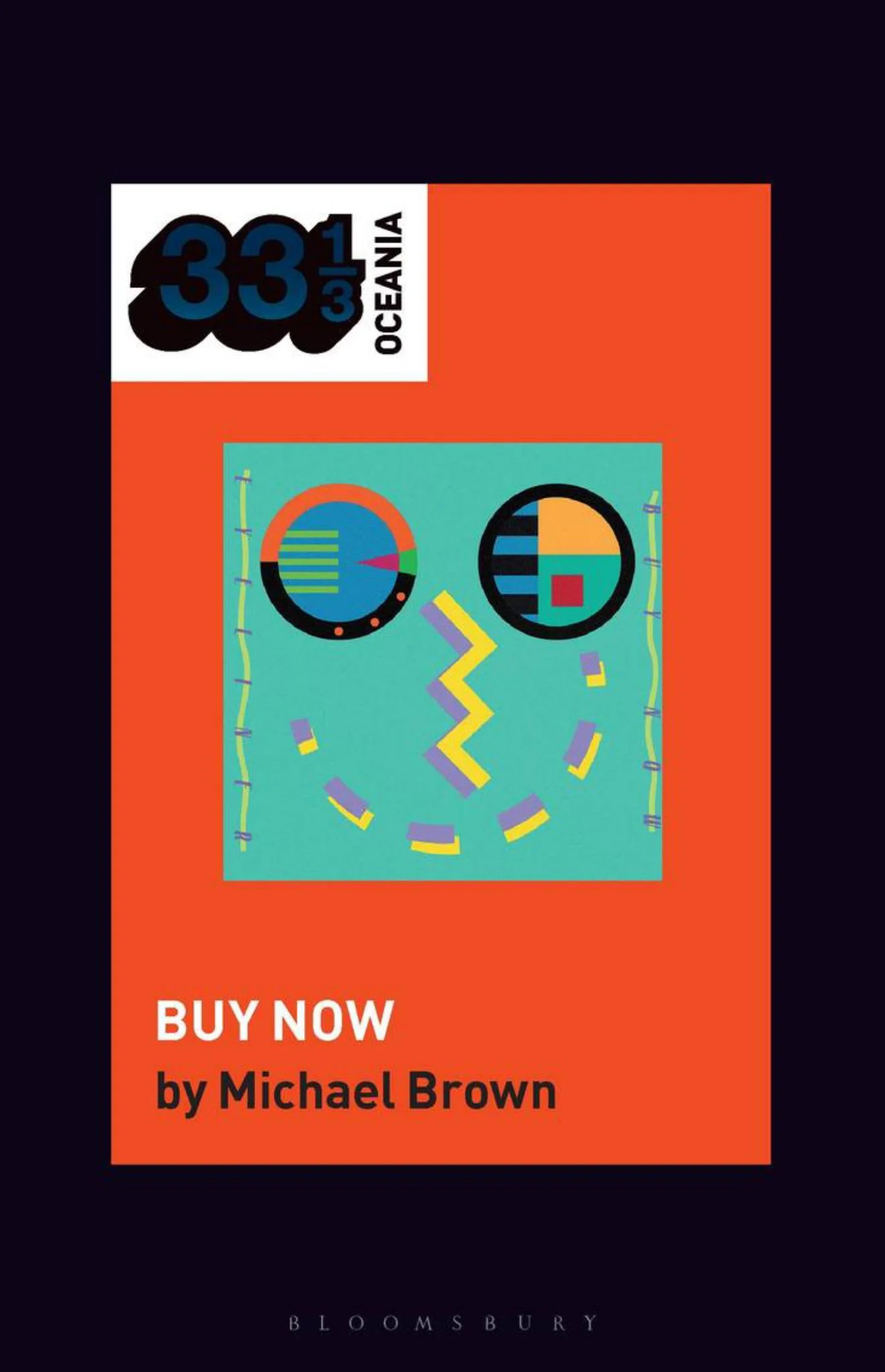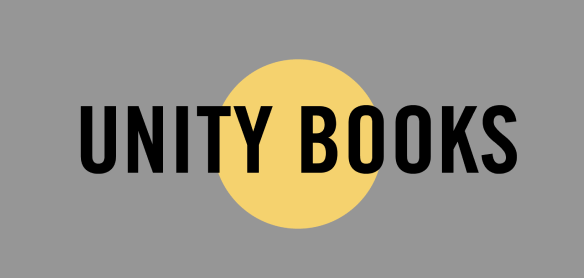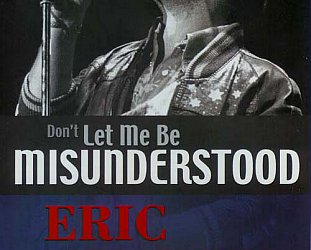Graham Reid | | 5 min read
Pinot Noir

The Bloomsbury Academic 33⅓ imprint is an excellent series where serious writers turn a laser focus on a particular album.
This is a considerable step up from previous superficial album considerations because the writers bring into focus the context of the artist's life and work, locate the album in the bigger picture of contemporary music and drill down into the music and the meaning.
There have been unexpectedly revealing editions like Carl Wilson (not that one) on Celine Dion's Let's Talk About Love which – setting aside prejudice – is a terrific analysis of her work and love songs.
Certainly there are many familiar albums in the series so far – Achtung Baby, Kid A, Horses, Pink Moon and so on – but there are also just as many unexpected: Yo La Tengo's And Then Nothing Turned Itself Inside-Out; Here's Little Richard; Minnie Riperton's Come To My Garden; Suicide's self-titled album and – one I'm keen to read – Garth Brooks' The Life of Chris Gaines when the country singer Brooks at the peak of his career adopted that new name and persona and insisted his record company not reveal who the real Chris Gaines was.
There is also a series of geographically specific books (Japan, Brazil, Europe and South East Asia) and most interesting for our purposes, the burgeoning 33⅓ Oceania series.
Some published so far have been reasonably predictable – Alistair Riddell's Space Waltz by Ian (Dr Glam) Chapman, Bic Runga's Drive by Henry Johnson, the Dead C's Clyma est mort by Darren Jorgensen, the Clean's Boodle Boodle Boodle by Geoff Stahl and Songs from the Front Lawn by Matthew Bannister.
With perhaps the exception of the Dead C, these may well have been anticipated.
But BUY NOW which appeared under name Eyeliner in July 2015 is a brilliantly left-field selection by Bloomsbury's editors and the author, Michael Brown -- Music Curator at the Alexander Turnbull Library – is the right, informed aficionado to analyse this album, the artist behind it and the context of the genre vaporwave in which it sits.
 If you've never heard of the album previously – and it is very much undiscovered territory for most – Brown's intelligent, sometimes intensely academic and technologically savvy exploration will persuade you that this retro, witty, post-irony and sometimes minimalist synth-pop album has many more depths than a cursory hearing would suggest.
If you've never heard of the album previously – and it is very much undiscovered territory for most – Brown's intelligent, sometimes intensely academic and technologically savvy exploration will persuade you that this retro, witty, post-irony and sometimes minimalist synth-pop album has many more depths than a cursory hearing would suggest.
The Eyeliner moniker is certainly unfamiliar but many will recognise Luke Rowell from Lower Hutt under a previous and parallel name: Disasteradio.
In his introduction Brown teases out the threads of vaporwave as an experimental genre born of the internet and online communities where artists “take their inspiration from the consumerism, technological optimism and corporate branding of the late 1980s and 1990, including certain ubiquitous musical idioms of that period: shopping mall Muzak, advertising soundtracks, classic hits radio, smooth jazz and New Age”.
Certainly the slap bass and jazz sound of much of Eyeliner's BUY NOW – the title itself loaded with meaning – recall the theme music to glammy television shows like Miami Vice and funky dancefloor pop.
 Why this music and the sounds of primitive synthesisers and equipment should appeal to Rowell/Eyeliner is made clear when Brown illuminates his formative years in Lower Hutt. At five his dad played Wendy Carlos' famous Switched on Bach, an album few other than researchers, Moog lovers and kitsch-seekers would have played since its release in the late Sixties.
Why this music and the sounds of primitive synthesisers and equipment should appeal to Rowell/Eyeliner is made clear when Brown illuminates his formative years in Lower Hutt. At five his dad played Wendy Carlos' famous Switched on Bach, an album few other than researchers, Moog lovers and kitsch-seekers would have played since its release in the late Sixties.
This was his childhood world and the emerging technology of computer games, the synth soundtracks on television and video arcades.
Rowell – who hung around the mega-mall Queensgate – was a product of his times, but smart, curious and in a family which encouraged him.
Author Brown also notes the whole seismic shift to neo-liberalism and consumerism made for a very different cultural milieu than previous generations had experienced.
And as culture changed so did the music: Devo, Pylon and quirky experimentalists were in the air at the same time as Nirvana, Butthole Surfers and Mr. Bungle.
Rowell assimilated much of this and as a digital native had access to sites and technology where he could create his own soundtracks.
He studied computer science at Victoria Uni in Wellington (he dropped out to focus on the music), returned to Victoria to study music – Brown notes this was the university which allowed classical composer Douglas Lilburn to create an electronic studio in the Sixties – and began performing and releasing his work as Disasteradio.
 He was singularly successful, opened for the Mint Chicks and Supergroove, toured Australia and the US – Brown says 350 gigs as Disasteradio between 2004 and 2012 – and all roads seemed to lead to Eyeliner where he reduced his technology to just a few key pieces and took on the challenge of creating within such constraints.
He was singularly successful, opened for the Mint Chicks and Supergroove, toured Australia and the US – Brown says 350 gigs as Disasteradio between 2004 and 2012 – and all roads seemed to lead to Eyeliner where he reduced his technology to just a few key pieces and took on the challenge of creating within such constraints.
It was, as Brown notes, a leap into a new context: vaporwave.
If that idiom is new to you – it had passed my attention a few times but I had no context for it or knew what the ethos was behind it – then Brown is a confident captain steering the reader though key ideas, artists and albums.
The satire and irony in it runs alongside a genuine love for the sounds of Vangelis, infomercials, Muzak and anambivalent attitude towards consumerism.
Vaporwave existed before it had a name – which arrived and got traction somewhere around 2012 – and what was as notable as the music was how artists adopted names which seemed to belong to a corporate entity. The artwork reenforced that idea of ironic comment of consumerism just as the music would play off the familiar, almost readily identifiable tropes.
Adopting the name Eyeliner – which sounds like a product name – and growing towards the sounds of melodic synth-pop, Rowell was ideally located in terms of his background, interests and isolated location but was spread through the agency of the internet where vaporwave artists (and their generation) were entirely comfortable.
That Rowell held day jobs making music for corporate projects is ironic, but not really.
Brown discusses the post-irony aspects that emerged within a short period, takes the reader into the technology used (he explores this area himself and has worked with Rowell) and then at the end offers highly insightful commentary on the 11 individual tracks on BUY NOW.
The album rose without a trace in this country on release but in a final chapter Brown traces how successful it has been through numerous limited edition reissues, the expanded version with extra tracks (there's a remix album of course).
A quick glance at eBay shows a secondhand vinyl copy on the market in the US for NZ$160 (plus NZ$50 for postage)
Since release and up to 2023 the tracks had collectively racked up more than five million streams on Spotify, and of course the album appears on other platforms like Bandcamp as well. It was been illegally sampled by the US r'n'b singer Jenniva (the matter resolved)
It also appears on what we might consider archaic forms like floppy disc (the post-irony people have a sense of humour obviously) and re-emerging cassette format.
Given the relative obscurity of the vaporwave genre, the subtle and nuanced nature of the music (which could easily be dismissed on a cursory hearing as pastiche) and the lack of profile Eyeliner has in the grand scheme of New Zealand music (despite six albums, three since BUY NOW), it would be easy to dismiss Michael Brown's claim that BUY NOW is a vaporwave and New Zealand classic.
But as the Bloomsbury Academic 33⅓ imprint has proven previously, an insightful and informed writer given an album they are passionate about can take the skeptical reader on a journey and make a convincing case.
 I'm buying it, BUY NOW is very clever and crafted.
I'm buying it, BUY NOW is very clever and crafted.
And yes, probably a classic.
.
BUY NOW by MICHAEL BROWN 33⅓ OCEANIA Bloomsbury Academic $28
In the Acknowledgements page are various extras which go with the book, including this YouTube playlist of reference points for the album tracks.
You can hear and buy the expanded edition of BUY NOW at bandcamp here





post a comment